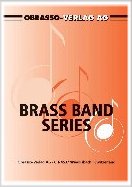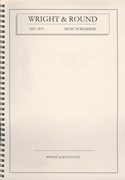We've found 1000 matches for your search. Order by
Results
-
 £56.00
£56.00All I Have To Do is Dream (Euphonium Duet with Brass Band - Score and Parts) - Bryant & Bryant - Fernie, Alan
Duration: 4.00
Estimated dispatch 7-14 working days
-
 £54.20
£54.20ALL I WANT FOR CHRISTMAS IS YOU (Mariah Carey)(Brass Band) - Ratnik, Peter
Grade: Easy/Medium.
Estimated dispatch 7-14 working days
-
 £19.95
£19.95ALL IN THE APRIL EVENING (Brass Band Set)
Estimated dispatch 7-14 working days
-
 £30.00
£30.00ALL MY LIFE (E Flat Horn/Brass Band) - Nestico, Sammy - Bennett, Jon
A Sammy Nestico favourites
Estimated dispatch 7-14 working days
-
 £75.90
£75.90ALL MY LOVING (Brass Band) - Lennon & McCartney - Fernie, Alan
Medium
Estimated dispatch 7-14 working days
-
 £50.90
£50.90ALL YOU NEED IS LOVE (Brass Band) - Lennon & McCartney - Wilkinson, Keith M.
Medium
Estimated dispatch 7-14 working days
-
 £54.20
£54.20AND ALL THAT JAZZ (Brass Band) - Morrison, Alan
from the musical Chicago. Grade: medium Duration: 3:06
Estimated dispatch 7-14 working days
-
 £54.20
£54.20JINGLE ALL THE WAY (Brass Band) - Pierpont, James Lord - Freeh, Mark
Based on Jingle Bells. Grade: Medium.
Estimated dispatch 7-14 working days
-
 £33.00
£33.00 -
 £26.50
£26.50
